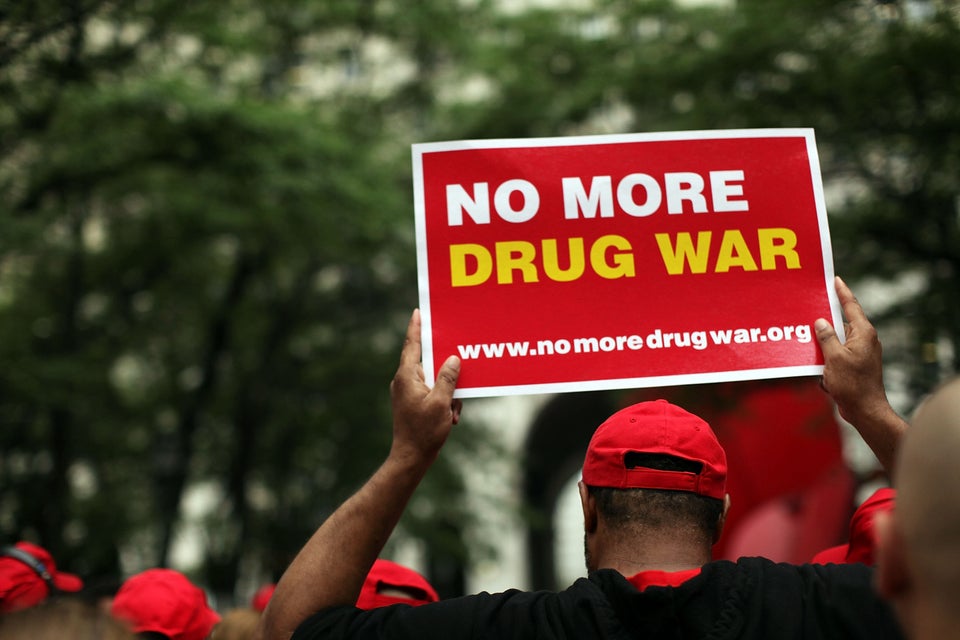As marijuana's national popularity continues to grow and more states have legalized either medical or recreational use of it, a new federal survey shows that those shifting attitudes have not produced a surge in teen use.
The biennial High School Youth Risk Behavior Surveillance System survey from the Centers for Disease Control and Prevention revealed that the rate of marijuana use among U.S. high school students remained virtually unchanged from 2011 to 2013. It's also about 3 percent less than the peak of teen marijuana use in 1999, when nearly 27 percent of teens said they had recently used marijuana, according to the CDC data.
In 2013, 23.4 percent of American high-school-aged teens used marijuana one or more times in the 30 days before the survey, the data show. That's nearly even with 23.1 percent in 2011.
From 2011 to 2013, five more states -- Delaware, Connecticut, Massachusetts, Illinois and New Hampshire -- legalized marijuana for medical use. Currently, 22 states and the District of Columbia have legal medical cannabis programs. Also during that period, Colorado and Washington state became the first two states in the nation to legalize recreational marijuana.
The CDC's findings are similar to those in a recent report published in the Journal of Adolescent Health, which compared 20 years of CDC YRBS data about high school teens' marijuana habits in states that have legalized medical marijuana compared with neighboring states that continue to ban the plant. It found that legalization of marijuana for medical purposes did not result in greater illicit use of the substance by high school students.
The YRBS data also showed that the rate of alcohol and cigarette use by U.S. teens has been steadily declining since 1991 when about 50 percent of high school students had at least one drink of alcohol and 27 percent had smoked a cigarette on at least one day during the 30 days before the survey.
Both cigarettes and alcohol are of course legal and regulated for adults, and Marijuana Policy Project's Mason Tvert suggests this data may show that the legal regulation of marijuana could also help curb teen use.
“Rates of teen alcohol and cigarette use have dropped, and we didn’t have to arrest any adults for using them,” Tvert said. “We could see the same results by regulating marijuana. Regulation works.”
Unfortunately, the CDC survey did not report specific Colorado or Washington data in 2013, so a localized look at how recreational marijuana laws are affecting those state populations is not available.
Data was available for Colorado from 2009 to 2011, during a period of rapid medical marijuana dispensary expansion in the state, which ballooned to around 500 shops statewide. That data showed Colorado high school students' marijuana use decreased by nearly 3 percent.

